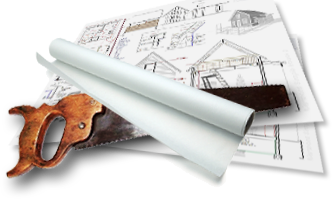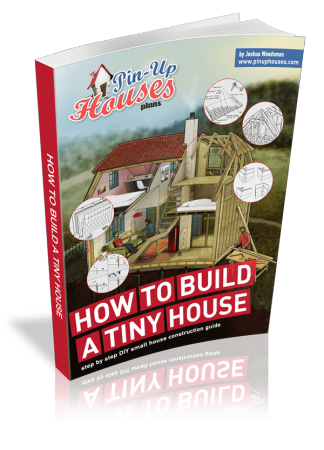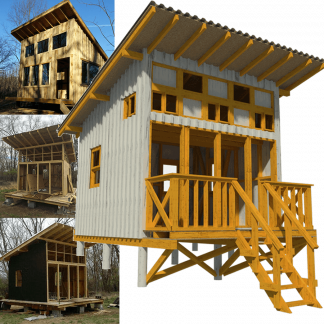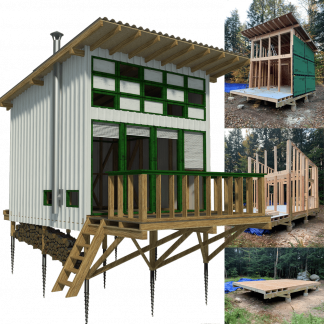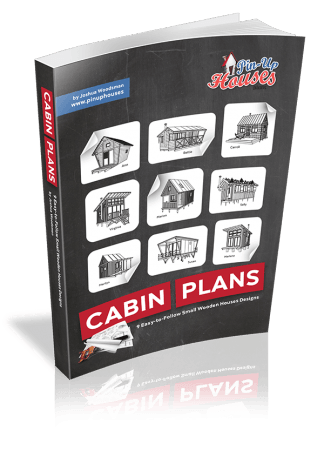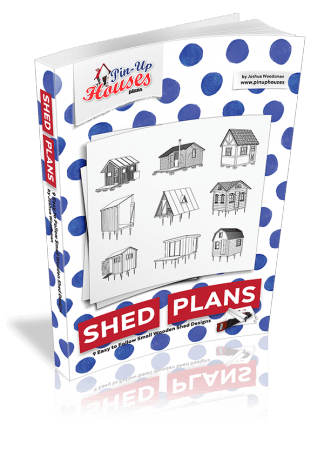
Ever scrolled through homes in Maui and wondered what it might feel like to live there full time—coffee on the lanai, sunlight spilling across open floors, the ocean just minutes away? It’s a vision that draws people in for good reason. Buying a house, especially your first, always feels like a huge step, but it becomes a lot easier when you approach it with a clear head and the right information. In this blog, we will share key tips to help you navigate the home-buying process with clarity and control.
Get Real About Your Budget Before You Look
When people say “start with a budget,” they’re usually talking about numbers. But smart buyers don’t just look at what they can afford on paper—they factor in how they want to live. A house isn’t just a roof and four walls. It’s a place you grow into, and how it fits into your day-to-day life matters just as much as the interest rate.
Lenders will give you a pre-approval number. That’s useful, but it’s not your actual budget. It doesn’t account for the realities of your lifestyle or the choices that make a home comfortable rather than just affordable. Do you value walkability? Do you work remotely and need a dedicated office? Are you planning for more space or downsizing from your current setup? All of this changes the equation.
Location matters just as much. And sometimes, what you pay isn’t just about cost—it’s about value. Take Hawaii, for example. The cost of living on Maui reflects the kind of life many people want: easy access to nature, slower pace, year-round sunshine, and a strong sense of local community. If that’s the lifestyle that fits what you’re after, then it makes sense to prioritize it in your search and factor in long-term benefits—not just monthly numbers. Being smart with your planning means you can focus on places that match both your goals and your budget, without having to compromise what matters most.
Focus on What You Need, Not What You Think You Should Want
It’s easy to get distracted by features that sound impressive but don’t match how you actually live. First-time buyers often stretch for big backyards, vaulted ceilings, or guest rooms that sit untouched. The pressure to “buy big” is everywhere, even if it doesn’t suit your routine or responsibilities.
The better strategy is to think in terms of function, not fantasy. If your workdays involve video calls and spreadsheets, a quiet corner that doubles as a home office probably beats an oversized dining room you’ll use twice a year. If you prefer being out and about, you might prioritize a location with better transit or neighborhood walkability over an extra 400 square feet.
This also keeps you from overbuying. More house means more to heat, clean, maintain, and eventually repair. The right house isn’t the one with the most features. It’s the one that supports how you live now and leaves room for how you might live next. Focus on what serves you. The rest is negotiable.
Do Not Skip the Inspection or the Fine Print
Buying your first house comes with stacks of paperwork, and somewhere in all those pages are the things that can protect your savings—or drain them. Disclosures, inspection reports, appraisals, title documents—none of it should be skimmed. Every piece matters.
If the seller offers a pre-inspection, read it closely. If not, book one yourself. Issues with plumbing, roofs, HVAC systems, or the foundation don’t always scream for attention—but they can cost thousands if missed. Even cosmetic flaws can be clues to bigger problems. An uneven floor might hint at structural shifts. Peeling paint in corners could mean lingering moisture.
A thorough inspection gives you real leverage. If the report turns up problems, you can negotiate repairs, credits, or pricing. More importantly, you walk in fully aware of what you’re taking on. Surprises after closing are rarely the good kind.
As for the paperwork—read every page. Know what your monthly mortgage includes and excludes. Understand your closing costs, escrow terms, and if you’re in a flood zone or paying HOA fees. If a section doesn’t make sense, ask. You’re not expected to be fluent in legalese, but you are responsible for what you sign.
The Market Is Fast, But You Don’t Have To Be
The pace of housing markets has shifted a lot over the past few years. In some places, homes still sell in a weekend. In others, listings sit longer. Either way, pressure to rush is common. Agents talk deadlines. Listings urge quick decisions. Social media shouts, “You’ll never find this again.”
But urgency without clarity leads to regret. Moving fast isn’t always smart. Take time to compare listings. Track how long homes in your range stay on the market. See how list prices line up with recent sales. Every market has a rhythm. The more you understand it, the more you can move confidently.
If you find a place that checks most of your boxes but needs a little work, weigh the cost of upgrades versus stretching for a turnkey home. If you’re on the fence about a neighborhood, spend a weekend there. Walk it. Shop nearby. Talk to people who live there. A house is a product, but a neighborhood is an experience. Make sure both fit.
Have a Backup Plan—Always
Even with great planning, things shift. Appraisals come in low. Inspections uncover issues. Sellers back out. Lenders get cold feet. Having backup plans in place gives you more control when something doesn’t go as expected.
Know your limits. If a bidding war starts, decide in advance how high you’re willing to go. If the inspection is worse than expected, prepare to walk. It’s better to lose a deal than to be stuck in one that costs you more than it’s worth. Your first home should feel like progress, not pressure.
Also, line up your finances for the unexpected. Set aside money not just for closing, but for moving, minor repairs, and the little things you didn’t think of—window coverings, tools, furniture. Homeownership doesn’t start with the keys. It starts with everything that comes after.
Buying your first house can feel like a long climb, but it doesn’t need to be overwhelming. With clear goals, solid research, and a focus on what actually supports your life, you’ll avoid the common traps and make better choices every step of the way. The goal isn’t just to own property. It’s to create a place that fits how you live and want to grow. That starts by doing the work upfront—patiently, deliberately, and on your terms.

